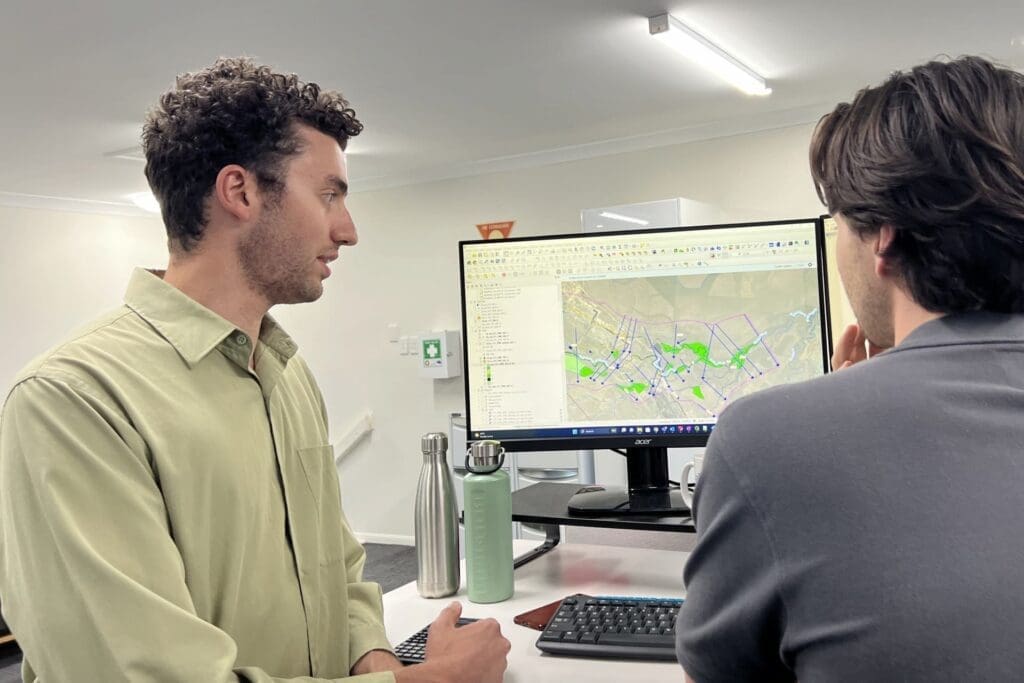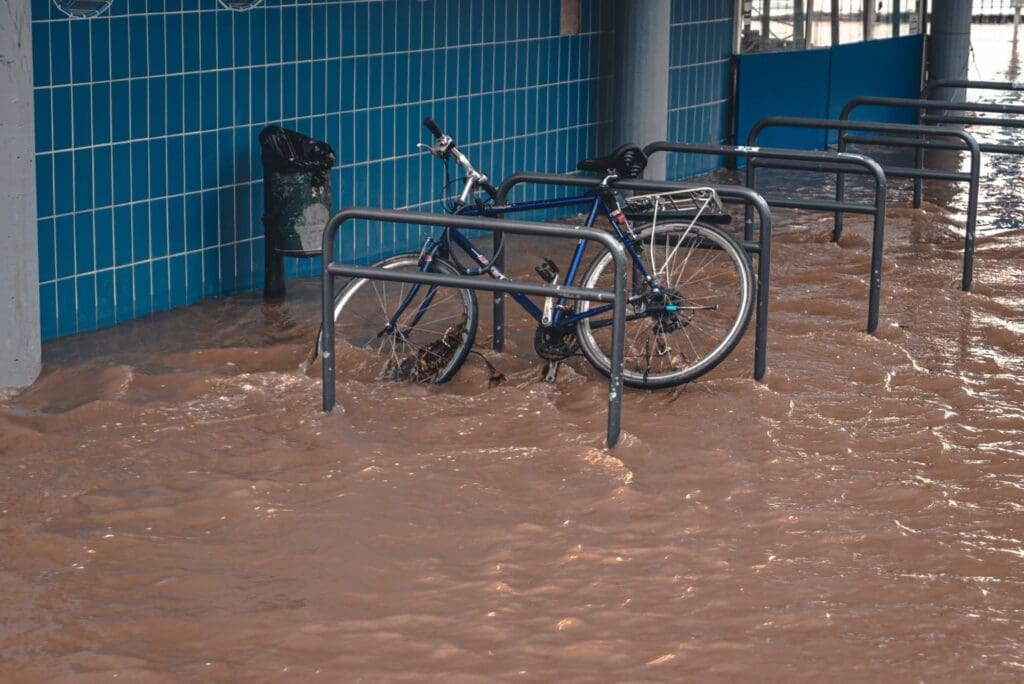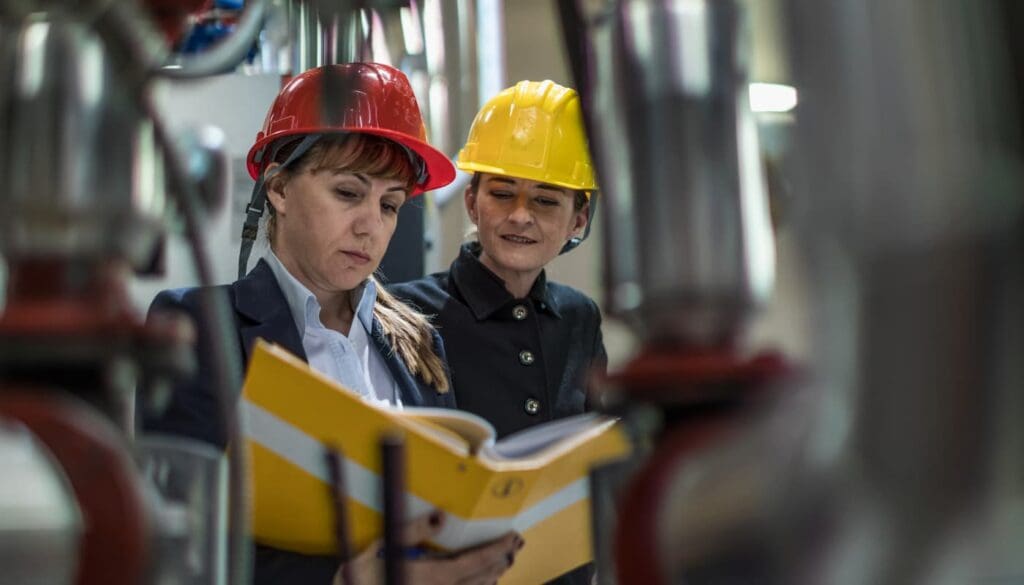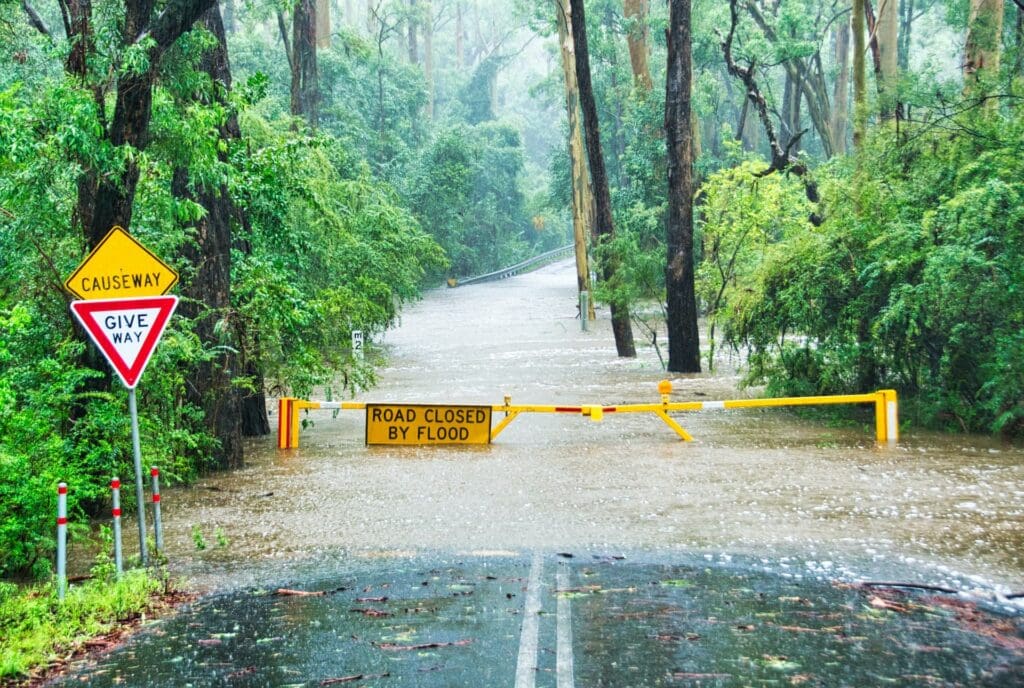
In the past few years, Australia has faced relentless flooding events, each leaving a significant flood impact on our landscape and communities. In 2021, while still reeling from the devastating 2019-2020 bushfires, parts of Australia were struck by extreme floods. Then, in 2022, Eastern Australia experienced flooding of even greater severity, with record-breaking rains and floods which we now refer to as “The Great Deluge.” These serious weather events have put our nation’s resilience to the test and highlighted the urgent need to be prepared with robust measures to reduce the impact of floods.
Supporting community resilience
To recognise the devastating impact of flooding on our communities, we need only look back at last year’s floods which affected large parts of Eastern Australia. The destruction and heartbreak of these floods were felt not only regionally, but also state and nation-wide as lives were lost, communities were uprooted and homes and businesses destroyed.
Having faced multiple consecutive floods with barely any time to recover, it’s easy to see why the situation became so dire for these communities. Imagine the resilience it takes to endure not one, not two, but three or even four floods in a mere 18 months! Not to mention, families had to face these challenges while also contending with the threats and restrictions of the global COVID-19 pandemic.
The emotional toll of flood impact has had both immediate and long term implications for those affected. On top of witnessing their homes and neighbourhoods destroyed by floodwaters, Australian communities must also navigate prolonged recovery periods while the continued threat of future floods looms. This sense of insecurity and uncertainty is far-reaching and felt on both a collective and individual level.
Fostering supportive networks and implementing proactive measures to reduce flood impact is key for a more closely-knit Australia. Good flood mitigation efforts will rebuild not just our infrastructure, but also the fabric of our communities.
Protecting natural land
It’s time we face the facts: climate change is pushing us into an era of increasingly intense weather events and natural disasters that we need to be ready for. Take, for example, the 2019-2020 bushfire season, where large swathes of Australia were engulfed in flames and the landscape was left vulnerable. With vegetation already stripped away and bare soil exposed, the charred earth was ill-equipped to handle the 2021 deluge. The floods brought torrents of water rushing through the affected regions, causing severe soil erosion and sediment runoff into waterways. The lack of vegetation meant that the soil could no longer act as a natural sponge, absorbing and slowing down water flow. Instead, the rainwater ran off the burnt earth rapidly, leading to flash floods in many areas.
When floods strike our already delicate ecosystem, habitats that support diverse wildlife are submerged and countless species are displaced and endangered. One example is the inundation of wetlands, which are crucial ecosystems that provide refuge for migratory birds and support a myriad of plant and animal species. When these wetlands become waterlogged, the intricate balance of life is disrupted, affecting everything from waterfowl to native fish populations.
In addition to the immediate impact on ecosystems, flooding can exacerbate the spread of invasive species. Floodwaters carry seeds and propagules far and wide, enabling invasive plants and animals to infiltrate new areas and outcompete native species.
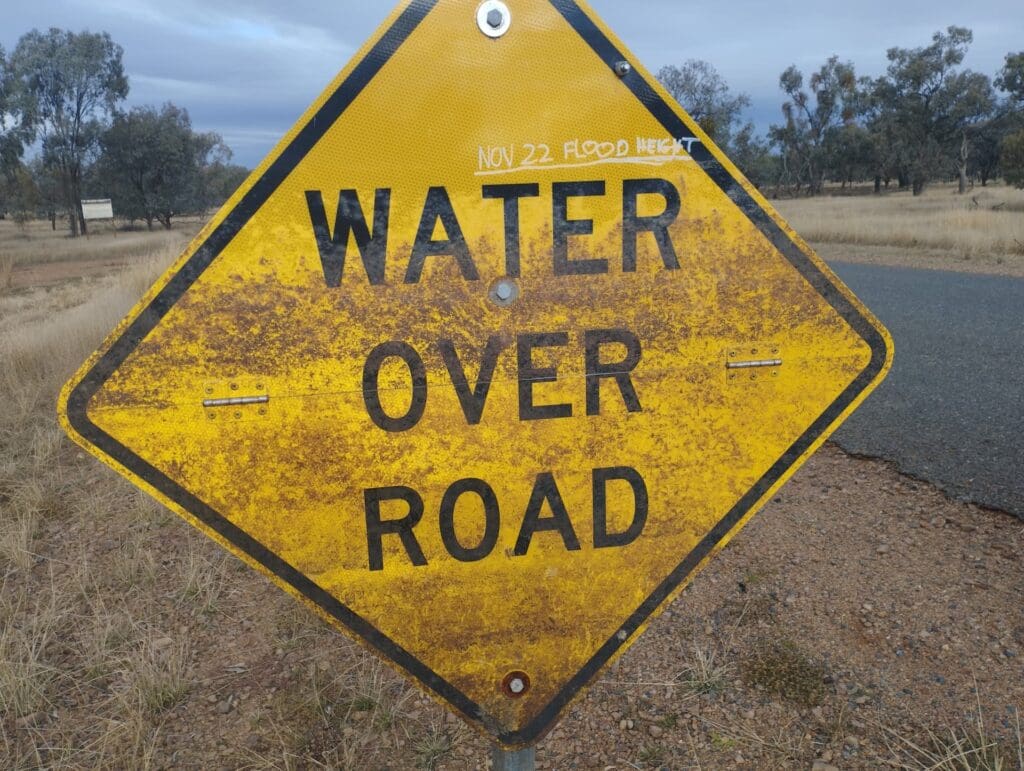
The economic toll
If we want to secure Australia’s economic health, we can’t let these recurring disasters keep catching us off guard. The costs of rebuilding homes, businesses, and critical infrastructure after flooding have soared into billions in recent years, straining our resources and budgets. The agricultural sector, in particular, has borne the brunt of these floods, with crops and livestock destroyed, and farming communities left grappling with enormous losses.
So rather than being reactive to disaster, let’s be proactive and fund flood resilience projects. A future where early warning systems help us prepare for floods is one we want to see at WMS, and we’re sure it’s in Australia’s economic interest also.
Where to from here?
As development intensifies it is becoming less and less feasible to build large protective levees, basins or other flood mitigation infrastructure. We need to pivot to a focus on smart floodplain development, and equipping our communities to adapt to flood risk, rather than solely striving to remove the risk altogether.
Firstly, let’s be smarter about where we build. Smart land use planning means steering clear of flood-prone areas and embracing flood-resistant designs. By doing so, we protect our investments, keep our communities safe, and ensure that we don’t compound the damage brought about by floods. A whole of government approach will be vital to balance the competing need for new housing while utilising flood prone land for non-residential uses
Secondly, education is crucial. It’s time to raise awareness, spread knowledge, and empower everyone to be flood-ready. From schools to workplaces to our local neighbourhoods, let’s equip ourselves with the know-how to prepare for and respond effectively to floods. Engaging with school students has proven to be a highly effective means of affecting social change – from campaigns about wearing seat belts to learning about household recycling – we must not underestimate the ability of children to impact how their families behave. With a concerted and coordinated effort “turn around, don’t drown”, could soon be as well known as “slip, slop, slap”.
